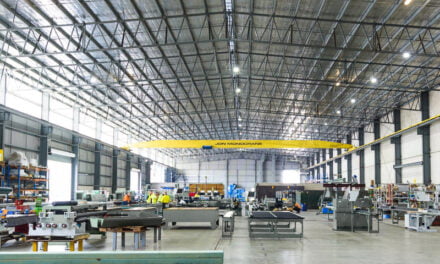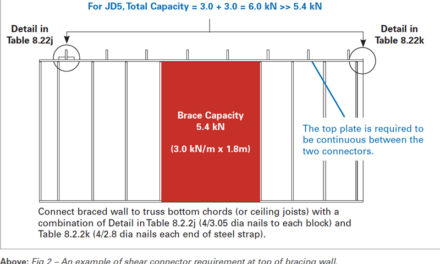Make sure your casuals aren’t full-timers in disguise.
There has been a lot of activity around casual employment over the last couple of years – in the courts, in the Fair Work Commission and in regulation by the Federal Government including:
- The Workpac v Skene case wherein the Federal Court awarded annual leave payments to a nominally casual employee;
- Casual conversion provisions introduced to modern awards;
- Regulation by the federal government to limit the ability for a nominally casual employee to be awarded annual leave payments;
- The subsequent Workpac v Rossano, which found a way around that legislative change to award annual leave payments to a casual employee and refuse the employer the option of setting that off against casual loading paid; and
- The proposed changes to casual employment in the federal government’s Omnibus Bill which is currently being negotiated in Parliament.
This article covers some of the issues surrounding what this all means for businesses in a practical sense.
Is this really a casual employee?
The classic casual is someone who is required to work on an irregular or limited tenure basis. It might be someone who is on a relief roster and is called in as needed or someone whose work hours vary in line with their availability while they are still at school or university.
Or it could be someone who is called upon as projects come online and they come in and perform certain tasks on the project and then stop being employed when they finish the tasks.
All of those are true casual employees because there is no expectation of continuing employment.
If the role is really a continuing one with reasonably consistent and predictable hours of work and it continues that way month after month, that creates an expectation for the employee that they will have continuing employment. So it isn’t really casual, is it?
That is essentially what the judgement in Workpac v Skene said. The employee concerned was on back-to-back contracts and fly-in fly-out rosters with pre-booked accommodation for two-and-a-half years and had no indication that that pattern would not continue indefinitely.
So that is really the litmus test – does the employee have a reasonable expectation of continuing employment?
The cost of hiring continuing workers as casuals
The first point here is that, in a competitive labour market, limiting engagement options to casual distinctly limits your ability to find the best staff for your business. People are generally unlikely to leave secure employment to take on a casual job.
There are those who believe that engaging workers as casuals is safer and cheaper when, in reality:
- the 25% casual loading applying under modern awards is a lot more expensive than the paid leave entitlements a full-time or part-time employee gets
- you still have to pay the superannuation guarantee
- casuals accrue long service leave entitlements
- casuals have the same access to the unfair dismissal, adverse action, industrial dispute, bullying and discrimination and WorkSafe and WorkCover jurisdictions as continuing employees do.
The question is, when you look at all of the elements set out above, is casual engagement the best option for you, having regard to the costs and your overall business needs?
How you hire a casual
In the Workpac v Skene case, the Court awarded annual leave payments because the employment contract did not specify the amount of the casual loading, ie it didn’t specify how the entitlement to annual leave was set off by the casual loading
In response, the Federal Government’s regulatory change provided some relief from so called ‘double dipping’ of casual loading and annual leave payments but stipulates that there must be an employment contract that includes that specification.
The key point here is that there should be a written employment contract which specifies the casual loading and what that casual loading sets off. This is really important as a means of demonstrating that the employee accepted the contract of employment on those terms and that the casual loading actively sets off paid leave and termination entitlements.
This practice is likely to be necessary regardless of what IR changes come out of the Omnibus Bill in relation to casual employment.
There is also an obligation to provide a Fair Work Information Statement on first engagement as a casual. This is amended each year when there is an adjustment to the federal minimum wage, generally at 1 July.
So ensure that you do all of this in writing before the employee starts and get professional advice if you aren’t sure about what to include or if writing isn’t your strength.
Dealing with casual conversion
The Timber Industry Award – and most other modern awards– contains a casual conversion clause.
This provides the right for an employee who is engaged regularly and systematically as a casual for 12 consecutive months or more to request conversion to full-time or part-time employment.
What should you do?
Our advice is to be proactive in satisfying obligations regarding casual conversion by:
- Providing any new casual employee with a copy of the casual conversion clause from the relevant award on engagement or in the onboarding process.
- When it becomes clear that the employee is going to be employed on a regular and systematic basis for 12 months, make a decision as to whether that is likely to continue for some time beyond that.
- If so, make an offer of casual conversion in writing, spelling out the options and what they each mean for the employee (eg if I stay casual, this is what I get, and, if I convert to full-time, this is what I get).
- Require the employee to nominate in writing which of the options they want to take up.
- Confirm in writing the agreed arrangement going forward and implement it in practice.
If you need assistance, talk with your industry association or a private consultant specialising in HR. You can contact us for a free initial consultation at enquiries@ridgelinehr.com.au
Peter Maguire is the owner and practice leader of Ridgeline HR, an award winning HRM consulting practice which he founded in 2000. Peter is an acknowledged expert in workplace relations compliance and also a high-performance leadership coach with over 40 years experience in HRM. Ridgeline HR’s byline is Helping PEOPLE in BUSINESS and that is essentially what Peter does – help business people with their people business.











